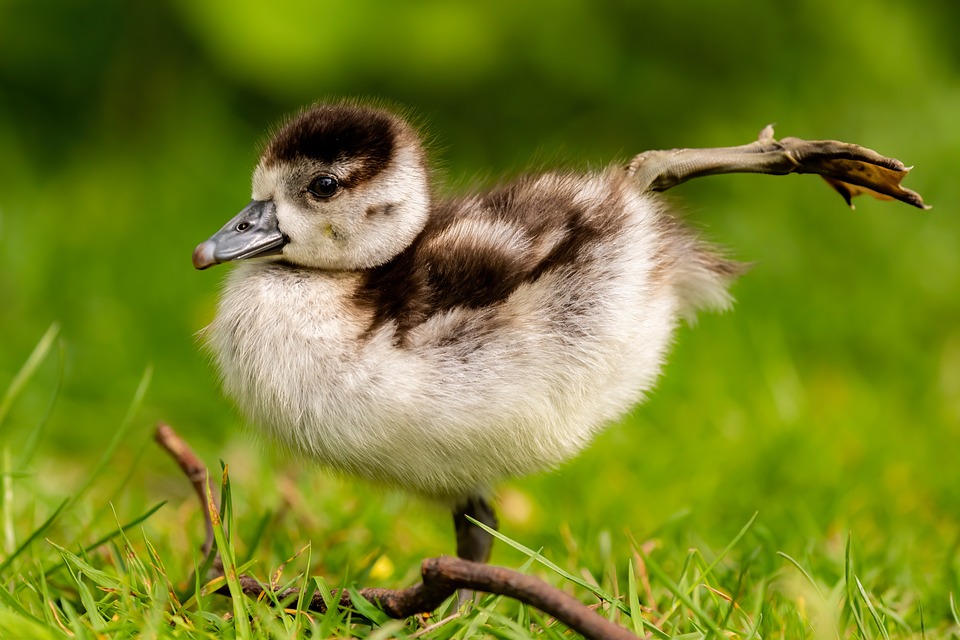Top Tips for Tackling Positional Plagiocephaly in Infants
As a parent, it can be worrying to notice that your baby has a flat spot on their head. This condition, known as positional plagiocephaly, is quite common in infants and can be managed with the right approach. Here are some top tips for tackling positional plagiocephaly in infants:
1. Tummy Time
Encouraging your baby to spend time on their tummy while they are awake and supervised can help prevent and improve positional plagiocephaly. This not only relieves pressure on the back of the head, but also helps with motor development.
2. Babywearing
Using a baby carrier or sling can reduce the amount of time your baby spends lying on their back, thus reducing the risk of developing a flat spot on their head. It also allows for bonding and interaction while on the move.
3. Repositioning Techniques
Changing the position of your baby’s head while they sleep can help redistribute the pressure on the skull. Rotating the direction in which your baby lies in the crib and using repositioning aids can be effective in preventing and improving plagiocephaly.
4. Limiting Time in Baby Gear
While using car seats, strollers, and swings is convenient for parents, it’s important to limit the time your baby spends in these devices to reduce the likelihood of developing a flat spot on their head. Try to provide plenty of supervised floor and tummy time instead.
5. Consulting a Pediatrician
If you notice that your baby’s head shape is not improving with repositioning and lifestyle adjustments, it’s important to consult a pediatrician. They can provide guidance on whether further intervention, such as helmet therapy, is necessary.
6. Use of Specialized Pillows
There are specialized pillows available in the market that can help reduce pressure on the baby’s skull while they sleep. These pillows are designed with indentations to support the natural shape of the head and can aid in avoiding flat spots.
7. Engage in Interactive Play
Incorporating more interactive play and activities that keep your baby off their back can help in preventing positional plagiocephaly. Simple activities such as sitting, crawling, and reaching for toys can reduce the time spent laying on their back.
Summary
Positional plagiocephaly is a common condition in infants that can be managed with simple lifestyle adjustments and interventions. By incorporating tummy time, repositioning techniques, and engaging in interactive play, parents can help prevent and improve the flat spots on their baby’s head. It’s important to consult a pediatrician if the condition doesn’t improve with these methods, as they can provide further guidance and intervention if necessary.
FAQs
Q: Can positional plagiocephaly be completely prevented?
A: While it may not always be possible to completely prevent positional plagiocephaly, incorporating tummy time, repositioning techniques, and limiting time in baby gear can significantly reduce the risk of developing a flat spot on the baby’s head.
Q: At what age is it most important to focus on preventing positional plagiocephaly?
A: It’s important to focus on preventing positional plagiocephaly from birth, as the first few months of a baby’s life are crucial for skull development. However, repositioning and lifestyle adjustments can still be beneficial as the baby grows.
[ad_2]

















コメント